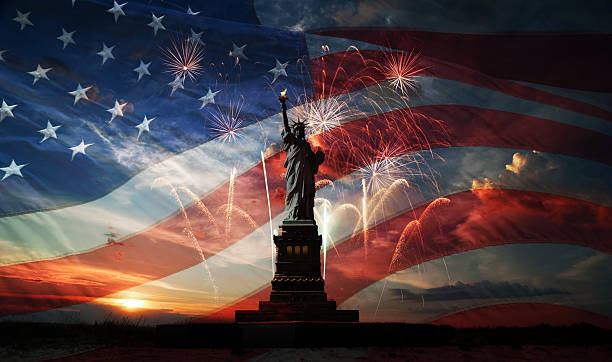A Nation Born: The History and Legacy of Independence Day
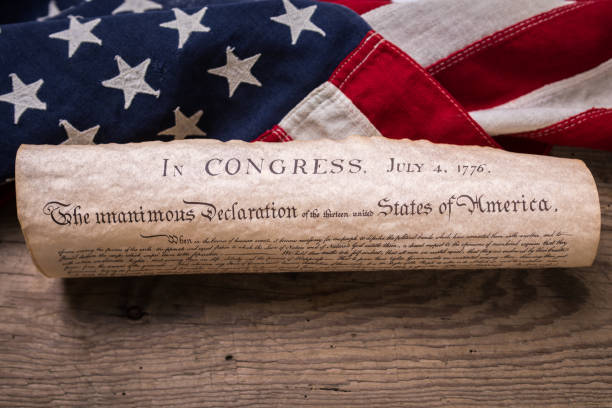
July 4, 2025
As Americans gather today to celebrate with fireworks, parades, and cookouts, they are participating in a tradition that stretches back nearly 250 years. The Fourth of July—Independence Day—commemorates the birth of the United States and the signing of a document that would change the course of history: the Declaration of Independence.
The Road to Revolution
Tensions between the 13 American colonies and Great Britain had been simmering for years before the first shots of the Revolutionary War were fired in April 1775. At that time, most colonists still hoped for reconciliation. However, by the summer of 1776, with war in full swing and public sentiment shifting, the call for full independence could no longer be ignored.
Inspired in part by Thomas Paine’s fiery pamphlet Common Sense, colonial leaders began to seriously consider a permanent break from the British Crown. On June 7, 1776, Virginia delegate Richard Henry Lee presented a resolution to the Continental Congress calling for independence. Though initially postponed, Congress appointed a committee to draft a formal declaration.
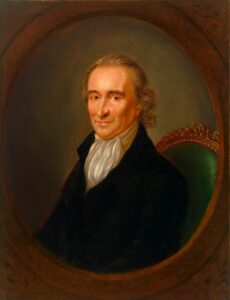
Thomas Paine
This committee included Thomas Jefferson, John Adams, Benjamin Franklin, Roger Sherman, and Robert R. Livingston. Jefferson, known for his eloquence, penned the first draft of what would become the Declaration of Independence.
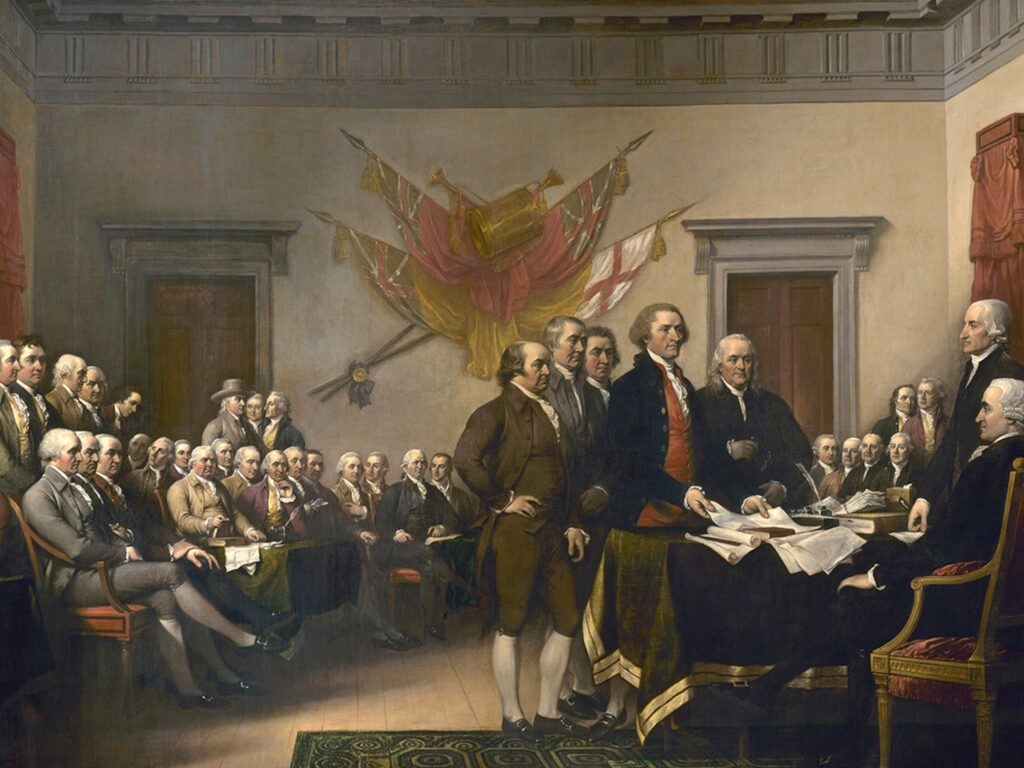
July 2 or July 4?
On July 2, 1776, the Continental Congress voted in favor of Lee’s resolution for independence. John Adams, convinced this would be the day future generations celebrated, wrote to his wife Abigail that July 2 would be marked by “Pomp and Parade… Games, Sports, Guns, Bells, Bonfires and Illuminations.”
However, it was on July 4, 1776, that the Congress formally adopted the Declaration of Independence, making that the date celebrated across the nation. Most delegates signed the document on August 2, not July 4, but the latter date became symbolic of America’s official break from British rule.
Early Celebrations
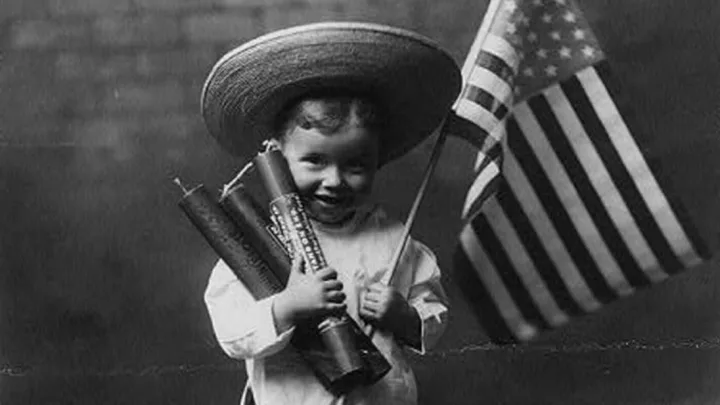
The first Independence Day was celebrated in Philadelphia on July 4, 1777, while the Revolutionary War was still being fought. The city hosted bonfires, concerts, the firing of muskets and cannons, and a fireworks display. George Washington, commander of the Continental Army, marked the 1778 celebration by issuing double rations of rum to his soldiers.
In 1781, Massachusetts became the first state to make July 4 an official state holiday. After the war ended with the signing of the Treaty of Paris in 1783, Independence Day celebrations grew in size and importance, often used by political leaders to promote unity and national pride.
A Holiday Takes Root
Congress declared July 4 a federal holiday in 1870, nearly a century after the nation’s birth. In 1941, it was further established as a paid holiday for all federal employees. Over time, the holiday’s political overtones faded, and it became a more general celebration of American freedom and identity.
The American flag became the holiday’s most prominent symbol, and traditional events like parades, patriotic concerts, and fireworks shows became commonplace across towns and cities. Barbecues, picnics, and baseball games also became hallmarks of the midsummer celebration.
The Cost of Freedom
Behind the festivities lies a solemn history of sacrifice. The Revolutionary War claimed thousands of American lives, and every generation since has paid a price for the freedoms celebrated on July 4. At national memorials across the country, inscriptions like “Freedom is not free” remind visitors of those who gave everything in defense of liberty.
At the National Mall in Washington, D.C., monuments to the fallen stand as eternal witnesses to the price of independence. The World War II Memorial alone features 4,048 gold stars—each representing 100 American lives lost.
A Legacy that Endures
The words of Thomas Jefferson and John Adams still echo through the centuries. Adams once wrote that the anniversary of American independence should be celebrated “from one End of this Continent to the other… forever more.” And so it has been.
Jefferson, reflecting on the 50th anniversary of the Declaration, described it as a beacon of hope for “the rights of man.” He and Adams both died on July 4, 1826—the 50th anniversary of the document they helped bring into being.
Today, as families gather beneath fireworks-lit skies and patriotic music fills the air, Americans are reminded of the enduring legacy of July 4, 1776. It is a day to celebrate freedom, to reflect on its cost, and to renew the commitment to the values that gave birth to a nation.
Happy Independence Day, America.
